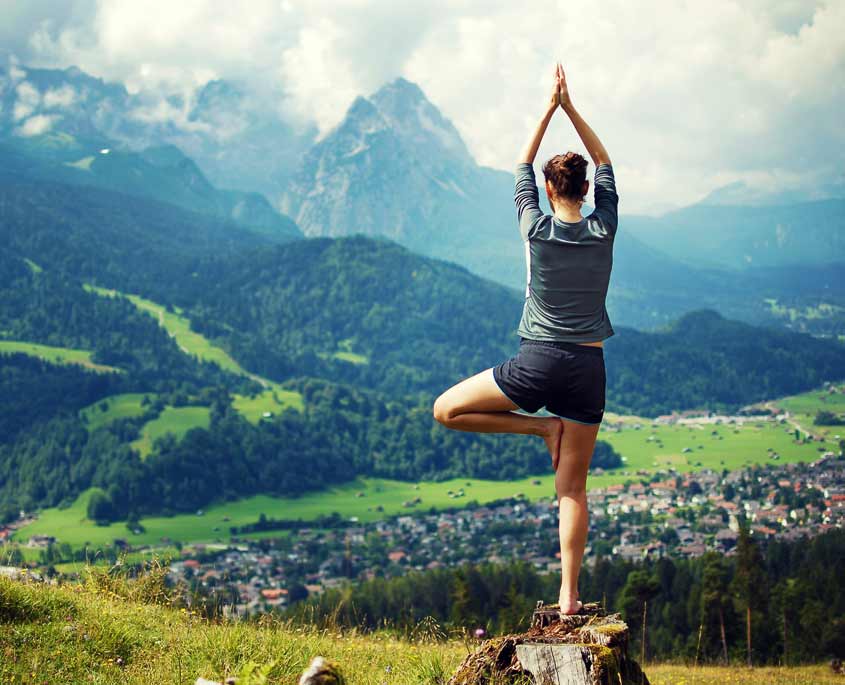
Yoga and copyright
By Benjamin Beck and Konstantin von Werder, Mayer Brown, Frankfurt am Main, Germany
Can a sequence of movements such as yoga poses or dance steps be copyrighted?
It is a question that has occupied the attention of international courts, scholars and copyright offices for some time. In late 2015, it attracted media attention when yoga guru Bikram Choudhury tried to copyright a signature sequence of yoga poses in the United States, but failed before the Court of Appeals for the Ninth Circuit. Despite various international copyright treaties, the question of what is protectable under copyright law essentially remains a matter of national law.

On February 2, 2007, the Higher Regional Court of Cologne (Case 6 U 117/06), Germany, ruled that an acrobatic dance performance could, in principle, be considered a “work of dance art” subject to copyright protection under the German Copyright Act (Sec. 2, para. 1, No. 3). The required threshold of originality could, however, only be achieved if the performance went beyond a sequence of physical movements and conveyed a particular artistic message. Whether this ruling can be extended to yoga and exercise routines by analogy is not clear, but simple routines are not likely to constitute “personal intellectual creations” within the meaning of the German Copyright Act (Sec. 2, para. 2).
An integrated, coherent, and expressive whole
In a further example, the United States Copyright Office, in a Statement of Policy from June 18, 2012, took the position that “a selection, coordination, or arrangement of functional physical movements such as sports movements, exercises, and other ordinary motor activities” did not represent the type of authorship intended to be protected as choreographic works under the US Copyright Act. However, a “composition and arrangement of a related series of dance movements and patterns organized into an integrated, coherent, and expressive whole” could rise to the level of original choreographic authorship.
Other IP options
Even if simple yoga or exercise routines are unlikely to meet the minimum threshold of originality in most jurisdictions, a film or description of such a routine may qualify for copyright protection, as may a compilation of photographs of the routine’s individual movements. Additionally, exercise brands can leverage the value of their trademarks and make a profit from teaching their routines to others (through “train the trainer” programs) or from licensing their brand to fitness centers so that people familiar with a particular program know what to expect from the centers’ workout sessions.
This article was originally published on AllAboutIP, Mayer Brown’s blog on relevant developments in the fields of intellectual property and unfair competition law. Mayer Brown also has an educational YouTube series called CL-IPs to help online content producers understand IP issues.
Related Links
The WIPO Magazine is intended to help broaden public understanding of intellectual property and of WIPO’s work, and is not an official document of WIPO. The designations employed and the presentation of material throughout this publication do not imply the expression of any opinion whatsoever on the part of WIPO concerning the legal status of any country, territory or area or of its authorities, or concerning the delimitation of its frontiers or boundaries. This publication is not intended to reflect the views of the Member States or the WIPO Secretariat. The mention of specific companies or products of manufacturers does not imply that they are endorsed or recommended by WIPO in preference to others of a similar nature that are not mentioned.